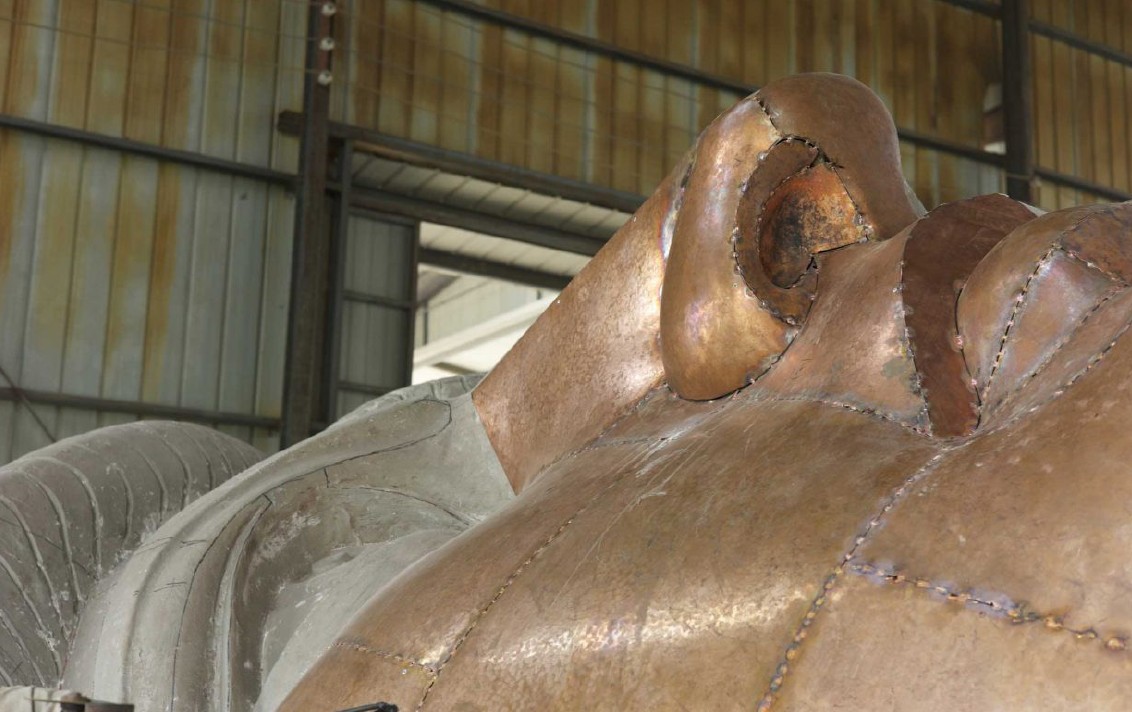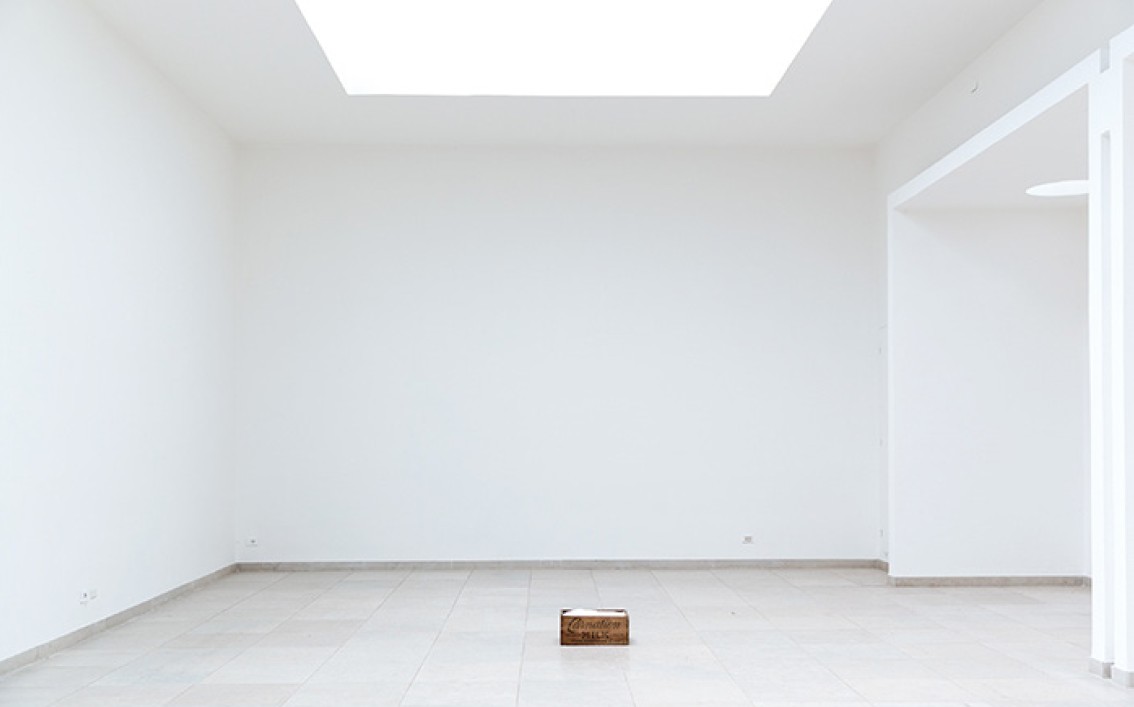Hearts on Fire — Reflections on Parsi photography: past,
present and future
Dates & Venue:
8 September – 15 October 2022
Chemould Prescott Road, Mumbai, India
Curated by Sarica Robyn Balsari
Artists: Aaran Patel | Avinash Jai Singh | Bindi Sheth | Divya Cowasji | Farzin Adenwalla | Hemant Chaturvedi | Iyanah Bativala | Jyoti Bhatt | Perin Pudumjee Coyaji | Porus Vimadalal | Sooni Taraporevala | Shantanu Das | Sunhil Sippy
Showcases by Shreas Pardiwalla, Yohan Marshall and Zervaan Bunshah
Hearts on Fire — Reflections on Parsi photography: past, present and future presented works by thirteen artists on the nature of Parsi identity, exploring the diverse ways in which the Parsi community has been visually represented and placing specific emphasis on contemporary images amidst shifting narratives of memory and belonging.
Advancing the concept of “play”, the exhibited works disrupt traditional binaries of the past and the future, history and the contemporary, instead defining new contours of Parsi identity. Taking Roland Barthes’ suggestion that cameras are “clocks for seeing” and T.S. Eliot’s poem as points of departure, this exhibition intentionally juxtaposed traditional portraits with contemporary photographs in order to propose an understanding of “Parsiness” free from simplistic, temporal categorisation. Rejecting the notion of a singular Parsi identity, then, the works present diverse forms rife with complexities.
SOUTH SOUTH interviewed the curator Sarica Robyn Balsari, a Researcher in the Department of Anthropology at the University College London.
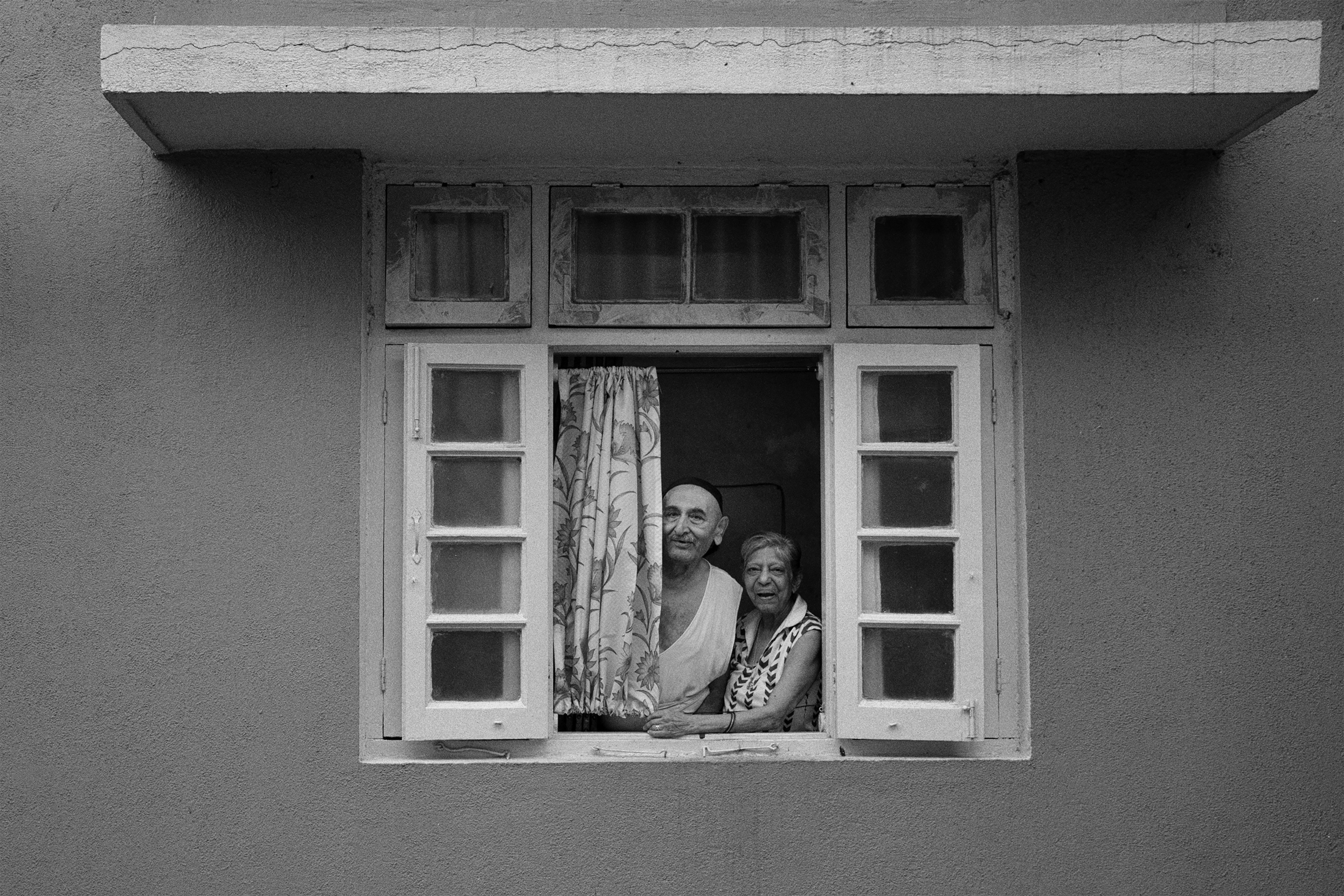
Sunhil Sippy, Ardeshir & Khorshed, 2010
Tardeo Series
Digital monochrome
Location: Tardeo, Mumbai
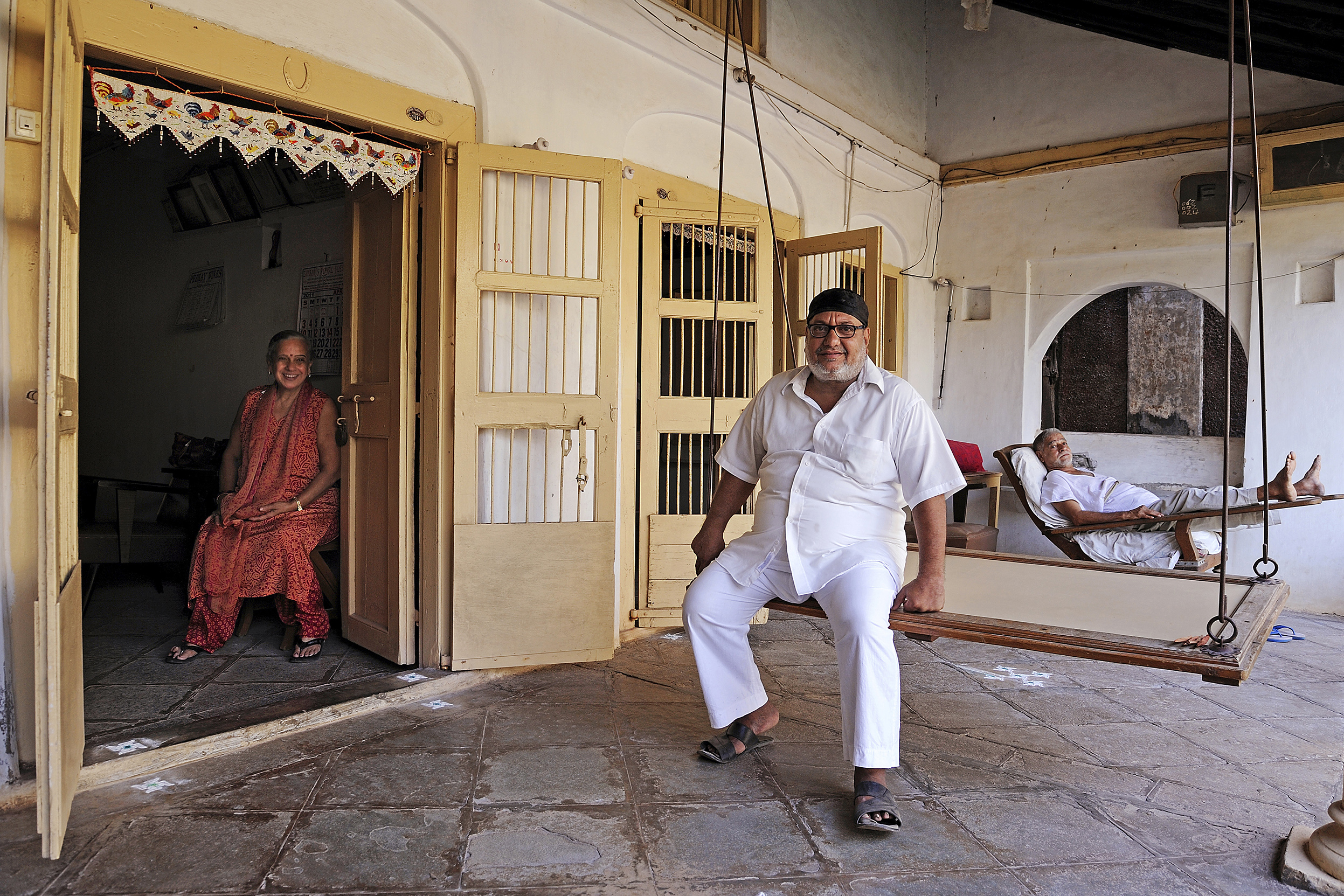
Artwork by Shantanu Das
SOUTH SOUTH (SS): For our readers from across different regions who may be being introduced to the Parsi community for the first time through this exhibition, could you share how the community sees and describes itself?
Sarica Robyn Balsari (SRB): The Parsis are followers of Zoroastrianism, having fled persecution in Persia over a thousand years ago to seek refuge in India. According to the legend that narrates their arrival in Gujarat in the seventh century, the Hindu king Jadav Rana presented a Zoroastrian priest in the group of émigrés with a bowl of milk to signify the land was full. The priest’s reply was to stir sugar into the milk to demonstrate they would assimilate and sweeten society without causing the milk to overflow. Centuries later, the community occupies a unique position in Indian society, with a nuanced relationship to Iran and a highly distinctive visual culture. Particularly in Bombay, where Parsi presence is most visible, the contributions to the development of the city and judicial system, architecture, art and modern theatre, amongst various other areas of social life, cannot be over-emphasised. Sadly, the community has experienced one of the most dramatic declines in population ever recorded outside of Europe.
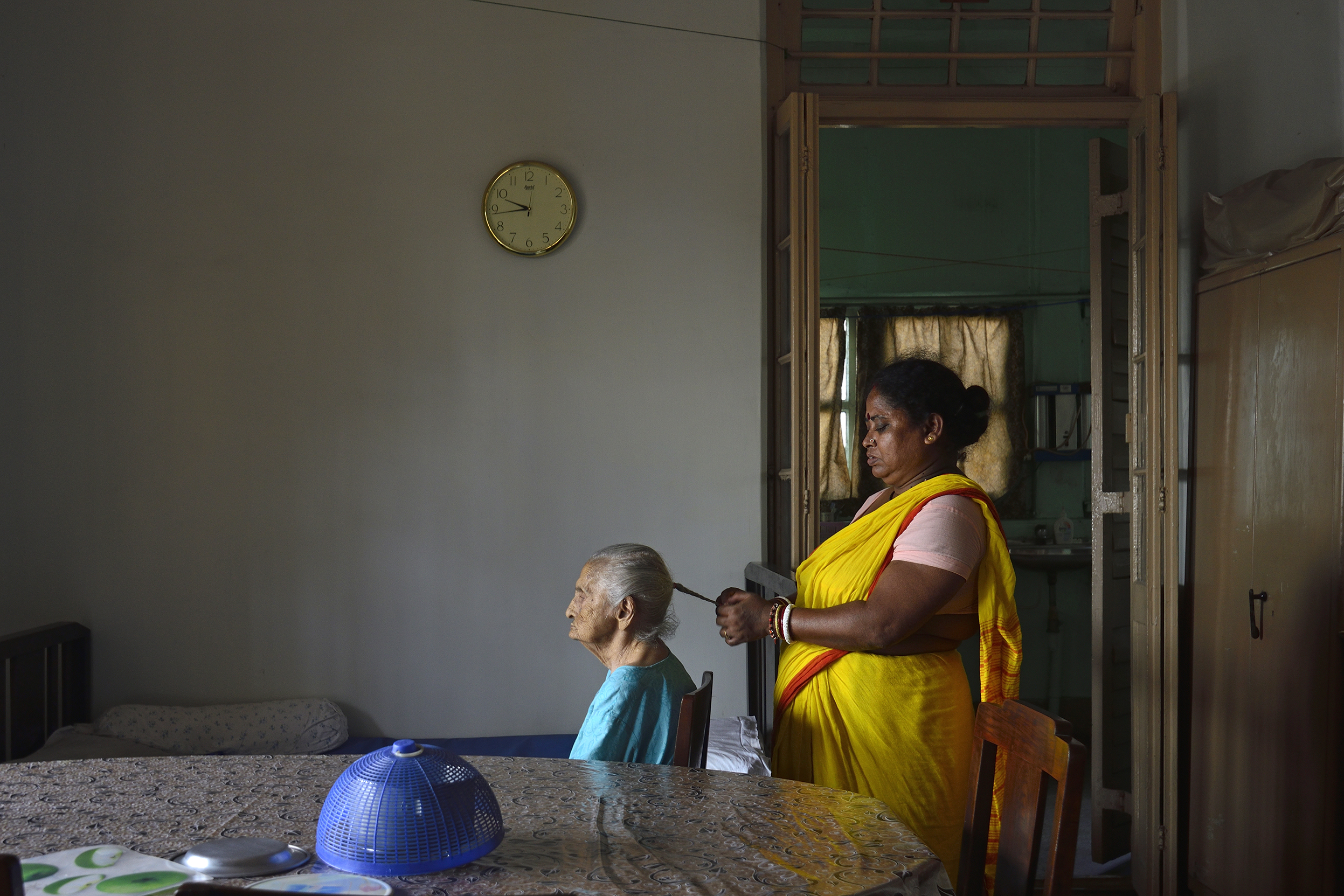
Artwork by Shantanu Das
SS: As the curator for the show, what is your connection with the community?
SRB: Aside from a personal connection to my Parsi friends and family, I am an anthropologist, specifically researching the expressions of identity that emerge from various forms of visual culture. This past year, I have been examining how social relations are constructed and mediated through photographs for Parsi individuals. Through conversations and interactions, I began to identify artists exploring aspects of Parsi identity whose work would contribute to broader narratives around what it means to be Parsi today. I use my observations as an anthropologist to inform my curatorial practice.
SS: The exhibition text states that the Parsi community has had a long and vibrant tradition of photographic engagement. Could you unpack this and share the history behind this?
SRB: Photography as a medium came about in 1839 and arrived in India a year later in 1840. In Bombay, Indian photography studios grew between the mid-nineteenth and early-twentieth century and were heavily frequented by Parsis for their own portraiture. Bombay was the first Indian city where both British and affluent Indians were consumers of photography. The Parsis
were prominent within the Bombay Photographic Society (founded in 1854) and ran many of the earliest commercial photographic studios in the city. As both practitioners and consumers of photography, Parsis heavily engaged with the medium and even today, Parsi homes are replete with framed portraits on the wall and family photographs on the prayer cabinets. I have mentioned the long and vibrant tradition to also highlight the ambivalence of the relationship with photography — that on the one hand, Parsis were known for their connection to photography, especially when compared to other communities in India — but on the other hand, their photographic engagement has now largely been relegated to private and domestic spaces.
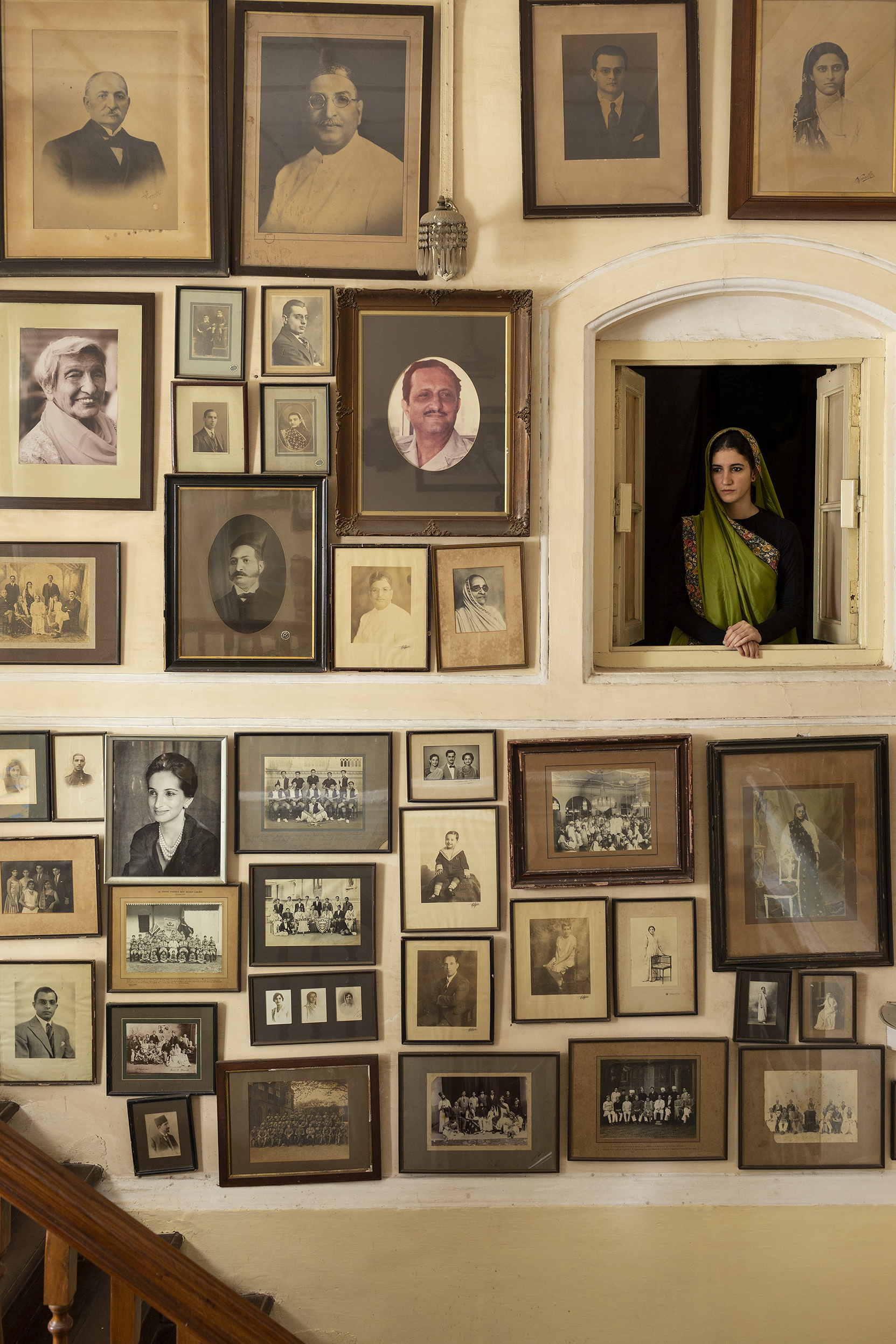
Divya Cowasji, Remember Me, 2020
The Parsis were prominent within the Bombay Photographic Society (founded in 1854) and ran many of the earliest commercial photographic studios in the city. As both practitioners and consumers of photography, Parsis heavily engaged with the medium and even today, Parsi homes are replete with framed portraits on the wall and family photographs on the prayer cabinets.
SS: The exhibited works disrupt traditional binaries of the past and the future, history and the contemporary, instead defining new contours of Parsi identity. What was your curatorial approach in order to express this?
SRB: From the outset, I was keen to dismantle conventional conceptions by juxtaposing traditional portraits with candid snapshots and the historical with the contemporary. I tried to play with conceptions of time within the exhibition space by contrasting new digital content, such as Instagram reels and YouTube music videos that represent the voice of a younger generation,
with photographs that emphasise more traditional facets of Parsi identity around religion, domestic spaces and the symbolic town of Udvada — home to the oldest fire temple in India. From a curatorial perspective, it was certainly tempting to segment the exhibition into temporal junctures of colonial, postcolonial and contemporary photography, but this would have been at odds with the idea of a modern gallery space as a site for decolonisation. Parsi studio photography of the late nineteenth and early twentieth centuries reveals a certain privileged relationship within the colonial matrix. Yet, although the inclination would be to see archival Parsi photography as “colonial”, I believe that the modern gallery space prompts the curator to relinquish reliance on established categories of analysis. As a result, I consciously chose playful interjections with time periods and the types of images displayed in this exhibition.
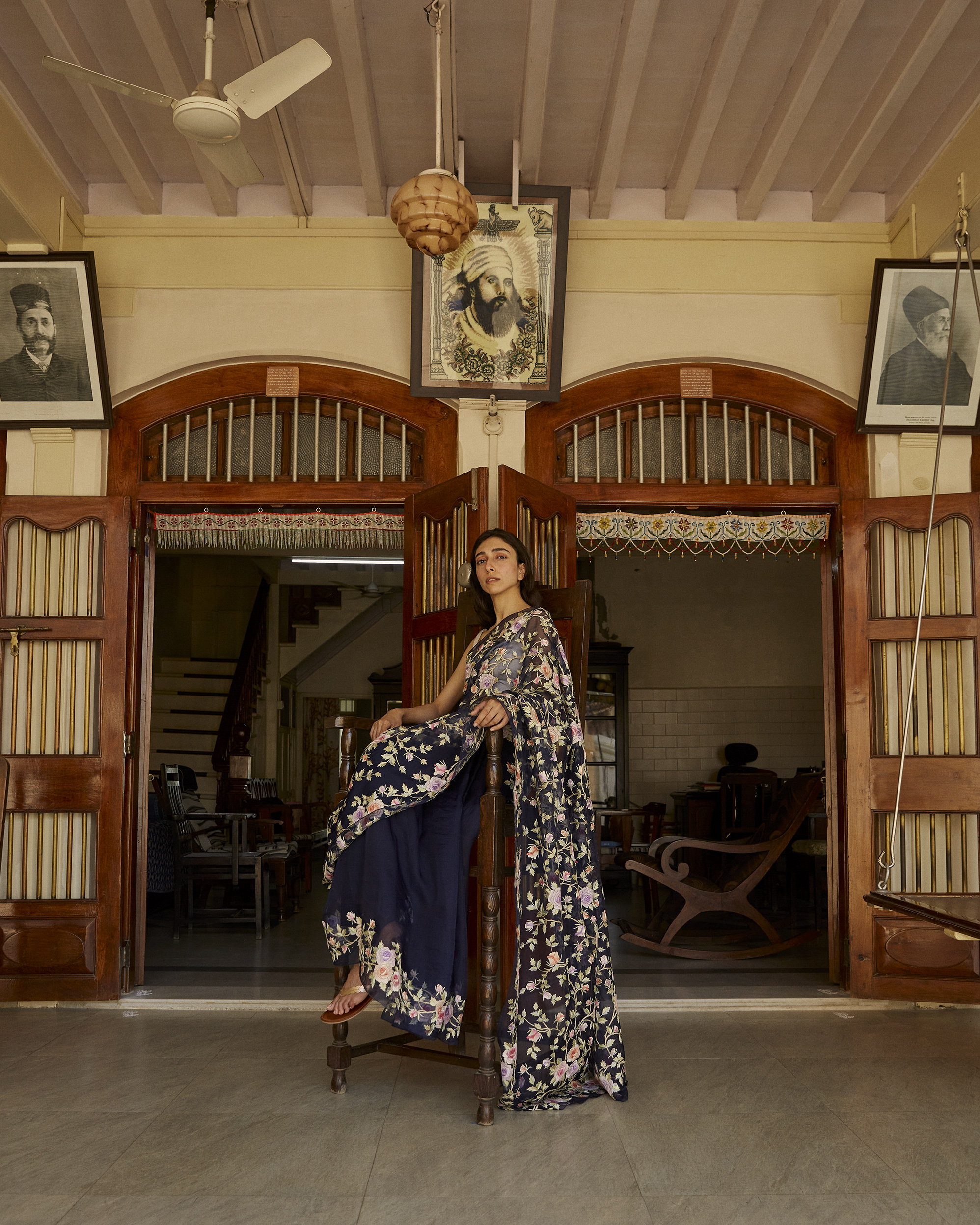
Artwork by Porus Vimadalal
From the outset, I was keen to dismantle conventional conceptions by juxtaposing traditional portraits with candid snapshots and the historical with the contemporary.
SS: What drew you to each artist whose work is present, and do you see any specific works as centre points for the show?
SRB: I chose to follow a central theme of displaying younger and emerging artists alongside more established ones, and whose work could signal new directions for Parsi identity. To that end, Porus Vimadalal’s “Parsi Noses Project” was an interesting example of how typical depictions of Parsi identity can be repurposed to playfully reclaim and redefine community representation. Similarly, Divya Cowasji’s “Remember Me” series documents her family history through material objects and images that powerfully reference her Parsi ancestry as she both celebrates and caricatures traditional markers of Parsi identity. Avinash Jai Singh’s panoramic portrait of Jim Sarbh plays on the frivolity and ephemerality of media images, drawing on the differences between public and private perceptions and echoing a growing demand for Parsis in the media industry to be accurately represented. Yohan Marshall’s tongue-in-cheek music video “Bawa Rap” draws attention to the liminality of being both Parsi and Indian. Further, Instagram reels from Shreyas Pardiwalla and Zervaan Bunshah articulate the demand by a millennial generation to do away with homogenous representation of Parsis online and instead, broach questions of identity with humour and levity.
On the other hand, work from more established artists provides layered, nuanced stories that offer us a glimpse into the lived worlds of members of the community across the ages, connecting the present to the past. Shantanu Das describes his work as representing a day in the life of a Parsi, with his images highlighting Parsis in moments of quietude and piety while simultaneously affirming their fortitude and zest for life. Bindi Sheth’s images of Parsi families in Ahmedabad transport the viewer into Parsi homes, evoking memories of a lived past that are reflected in the mirrors dotted around the edges of the photographs. Jyoti Bhatt’s image of a navjote — a Zoroastrian initiation ceremony — cleverly draws our attention to the expressions of those present at the edges of the frame while Perin Pudumjee Coyaji’s delicate and expressive calligraphy speaks to the connections between the past, present and future as she revives a sixth century Avestan script. Sooni Taraporevala’s candid images provide a unique, deeply affectionate and personalised window onto members of the community while showcasing their eccentricities, livelihoods and realities. Hemant Chaturvedi’s images point to traces of Parsi influence on Indian cinema and the pathos of the latter’s disappearance. Farzin Adenwalla’s sandalwood scented candles sensorially recall her Parsi upbringing in New Zealand and the rewards and challenges of staying connected to one’s heritage from afar, while Iyanah Bativala’s textured black and white images of the fire temple evoke the serenity and tranquility of a place of worship. Aaran Patel’s diptych brings unique Parsi housing to life, displaying individuals by the window participating in and observing the world outside the colony. Finally, Sunhil Sippy’s dream-like portrait of the Parsi couple Ardeshir and Khorshed presents a poignant and raw story of love, grief and resilience against the backdrop of a Parsi colony.
In all these works, I have been drawn to the complex portrayal of “Parsiness” with all its contradictions, iterations and permutations. I hope I have been successful in demonstrating that Parsi identity is unfinished and still in a process of becoming.
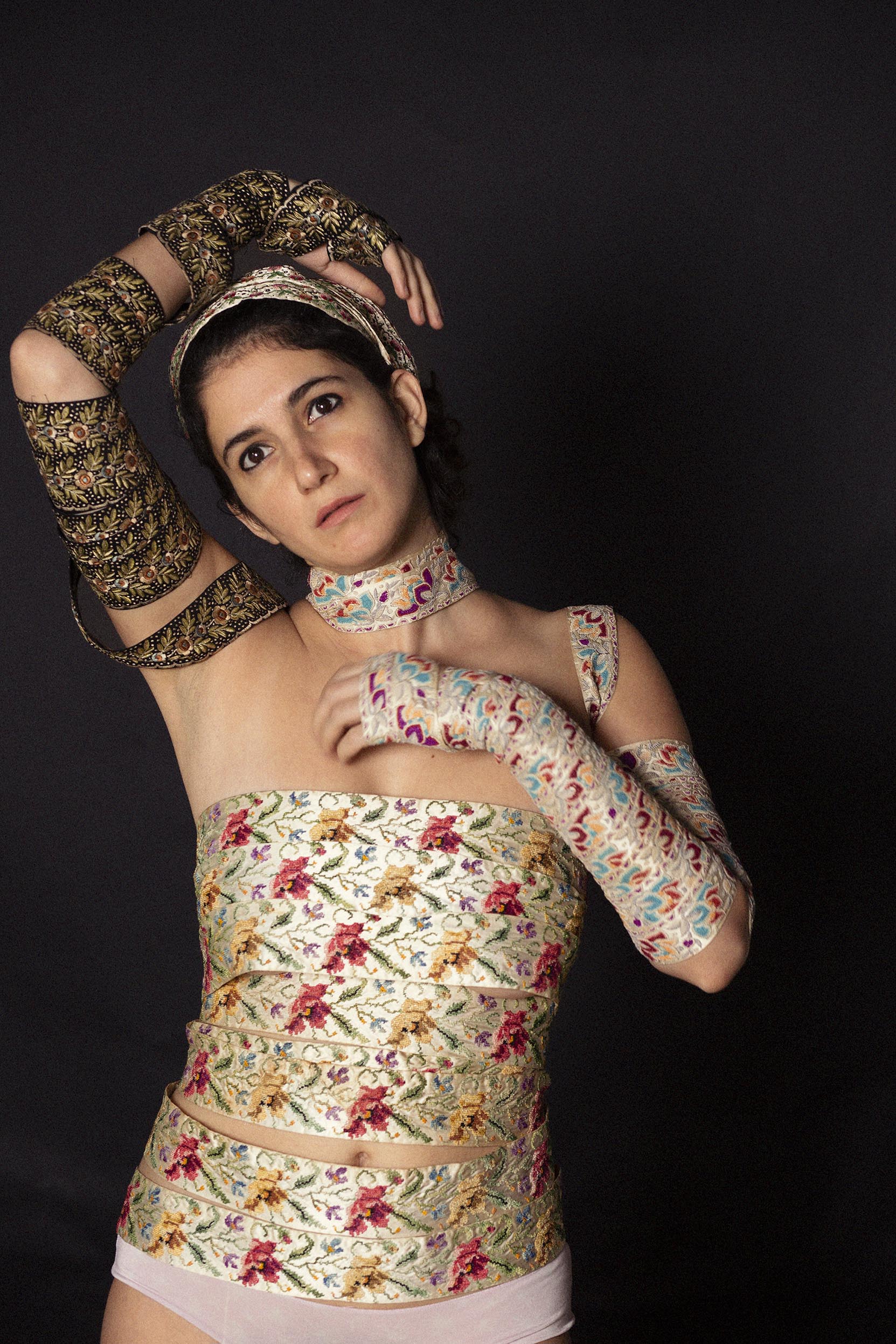
Divya Cowasji, Wrapped in Tradition, 2020
In all these works, I have been drawn to the complex portrayal of “Parsiness” with all its contradictions, iterations and permutations. I hope I have been successful in demonstrating that Parsi identity is unfinished and still in a process of becoming.
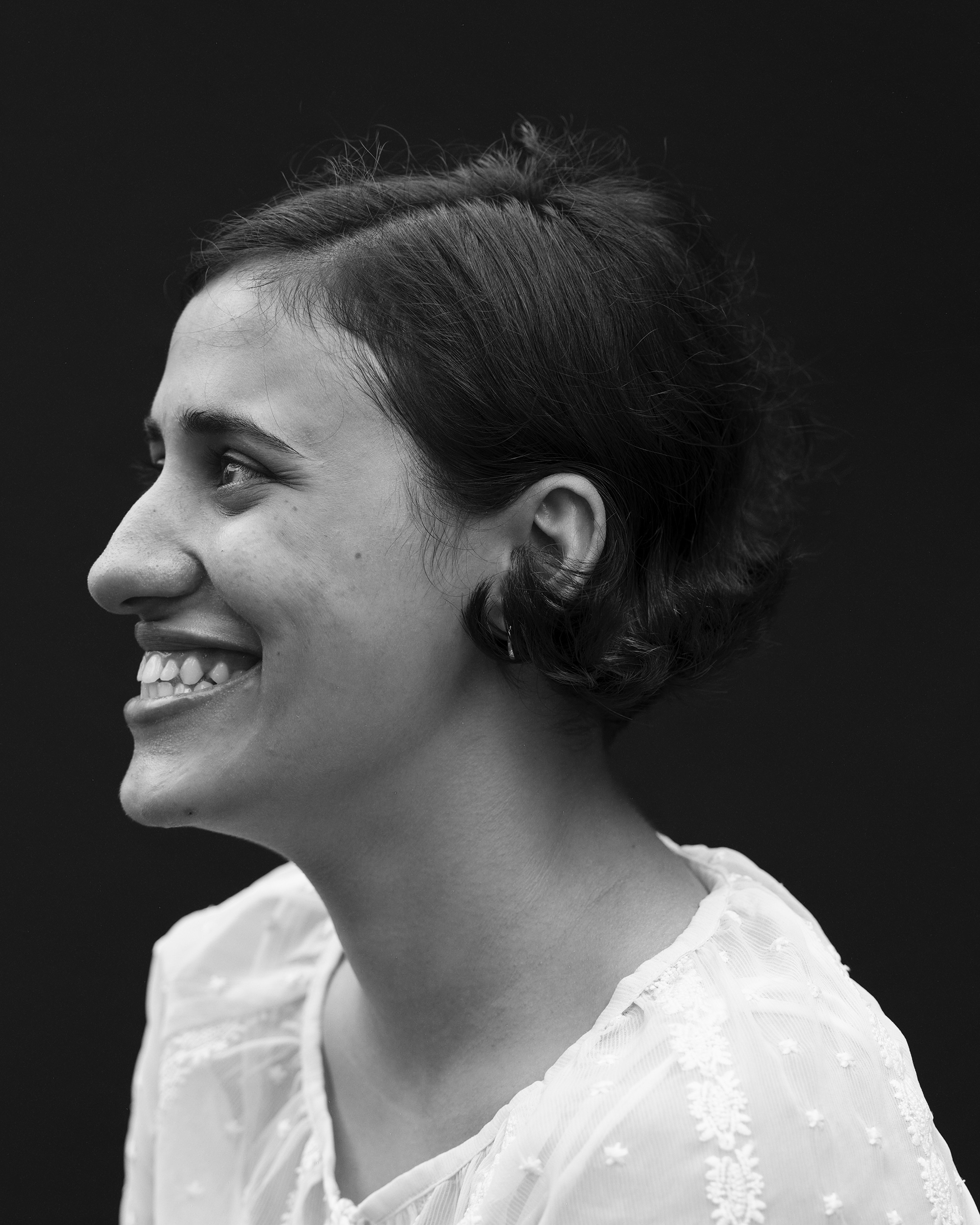
Artwork by Porus Vimadalal
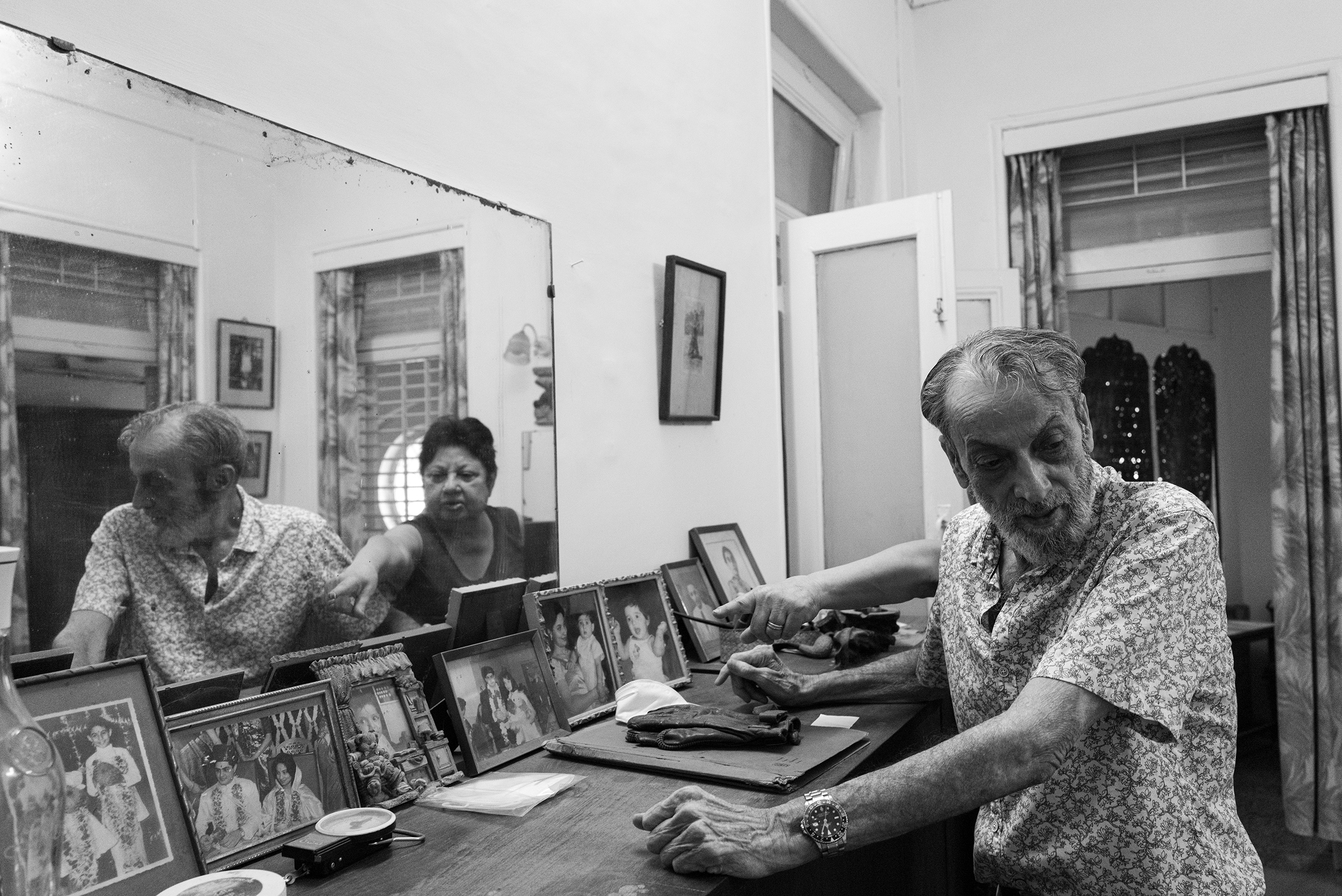
Artwork by Bindi Sheth
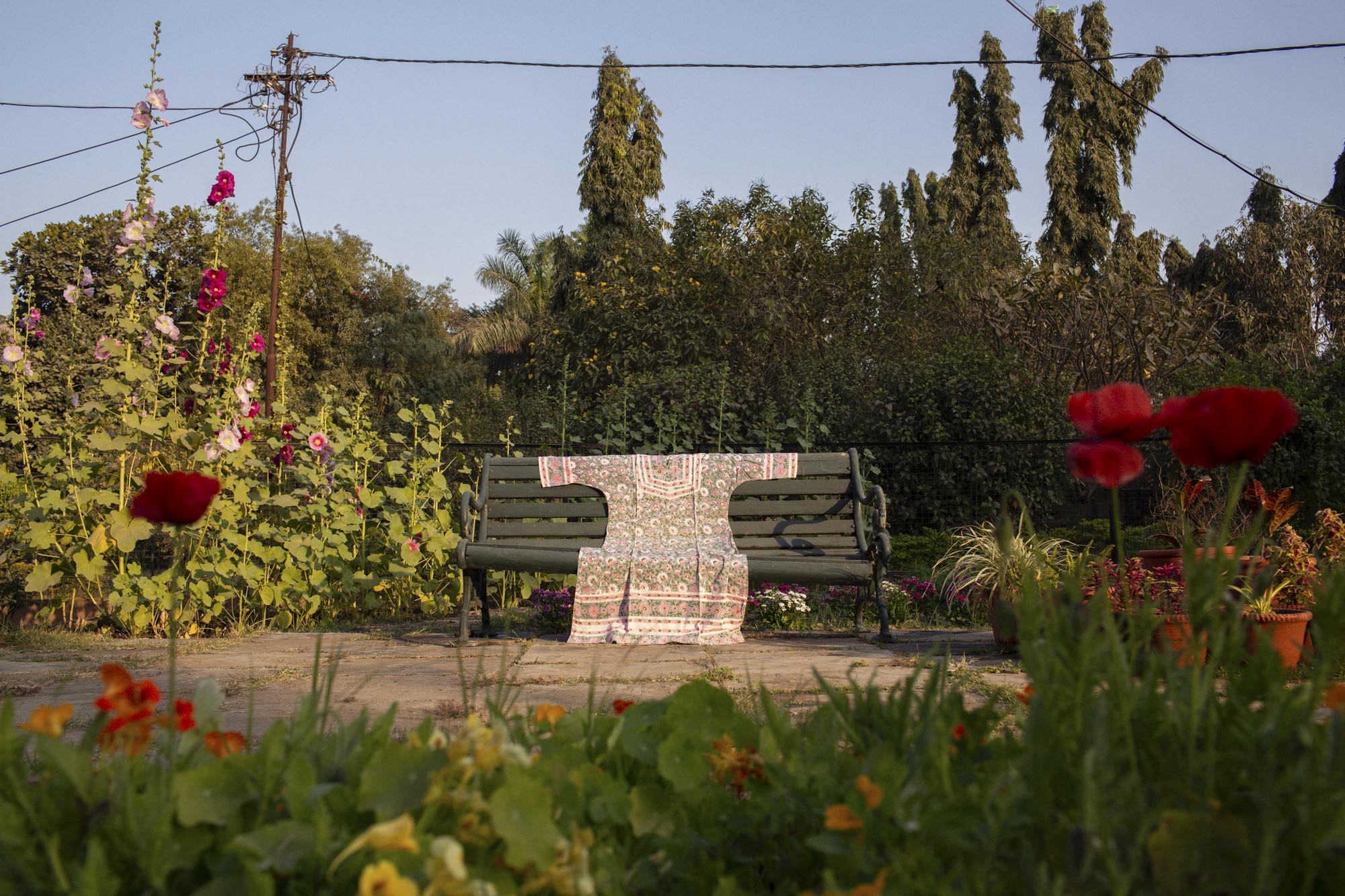
Divya Cowasji, Granny’s Garden, 2019

